- Antipasti
- Bella Italia
- Dessert
- Drinks
- Favorite Italian recipes
- Main courses
- Pasta
- Pizza
- Side dishes and salad
- Tips & Knowledge
Planting basil like in Italy
If you want to grow basil yourself, there are a few things to bear in mind. We would like to give you some practical tips and tricks for growing basil at home.
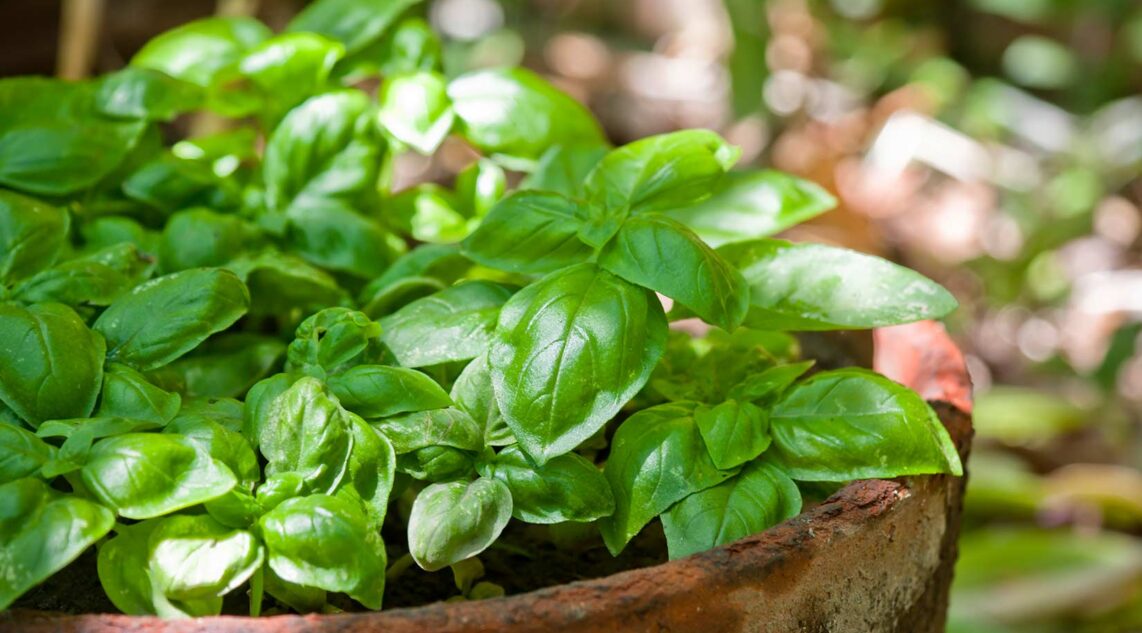
It is not for nothing that the basil plant (Italian basilico) is also known as the royal herb. Whether as a green splash of color on Margherita pizza, as a flavor and coloring agent in pesto alla genovese or simply in combination with fresh, juicy tomatoes – the basil plant is an indispensable part of Italian cuisine.
The scientific name for basil is ocimum basilicum. It is believed that the plant came to Europe from northern India. Today it is an important ingredient in both Italian and Greek cuisine.
Italian basil varieties
In Liguria, where basil is used to make pesto alla genovese, the large-leaved variety O. basilicum ‘Genovese Gigante’ is cultivated, which is also available as seed in Germany.
There are many others:
- Bolloso napoletano: large-leaved basil, hence the name salad basil
- Verde a piccolo: with small leaves
- Violetto: with purple leaves
- Alla canella: with a hint of cinnamon
- Al Limone: lemon basil
Planting basil: sowing the seeds
- Basil seeds can be sown from May. The basil plant belongs to the genus of light germinators. For this reason, care should be taken to ensure that the seeds are not covered with soil, but rather that they are slightly depressed and lying freely on it.
- A temperature of approx. 20° is recommended for germination. The plant should also be protected from the wind. Growth only takes place from 12°C.
- First sow the seeds in nutrient-poor potting compost. Separate the tender young plants later and repot in compost or nutrient-rich soil. Basil needs lots of nutrients!
- Basil needs plenty of light and warmth, but should not be exposed to the blazing midday sun.
Planting basil: watering, fertilizing, pruning
Make sure that the soil always remains moist but is not overwatered. If the soil is too wet, parasitic diseases such as septoria (a type of fungus) can occur. Due to the risk of fungi, basil is usually grown in greenhouses in Italy.
Only water the soil and avoid moistening the leaves if possible.
Fertilizing with horn shavings or compost gives the basil plant the nutrients it needs. A thin layer of coffee grounds every 3-4 weeks also provides the herb with sufficient nitrogen.
If the basil plant produces flowers, cut them off. The plant then puts its energy into the growth of the leaves. Regular pruning also promotes growth. This makes the plant really bushy.
Of course, you can also leave the flowers on the plant. This makes a very good bee pasture and later the seeds simply fall to the ground. Next year, basil will most likely germinate again.
Harvesting basil
When the bright green leaves of the labiate are fully grown, it is advisable to harvest them early in the morning. The aroma and taste of the leaves are particularly intense in the morning.
Please note that the leaves should not be plucked off individually, but the branch should be cut off 5-7 cm below the tip of the shoot. Make the cut above the last pair of leaves so that the plant can sprout again.
As basil quickly loses its aroma after harvesting, we recommend using it quickly. The leaves can also be dried easily.
Propagating basil via cuttings
Do you already have a large plant? Great! Simply cut off a branch and put it in a glass of water in a warm, bright place. Change the water occasionally. After about 2 weeks you will see that the branch has developed roots. You can then plant the cutting. A quick method of propagating basil…
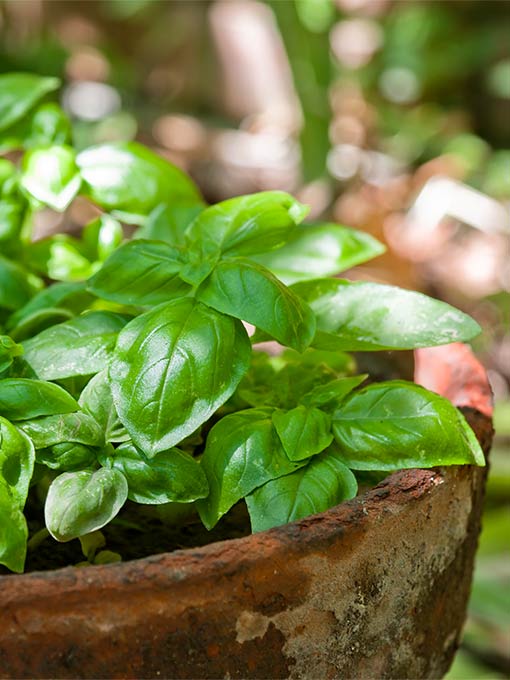
PS: Here are a few more recipe ideas with fresh basil:
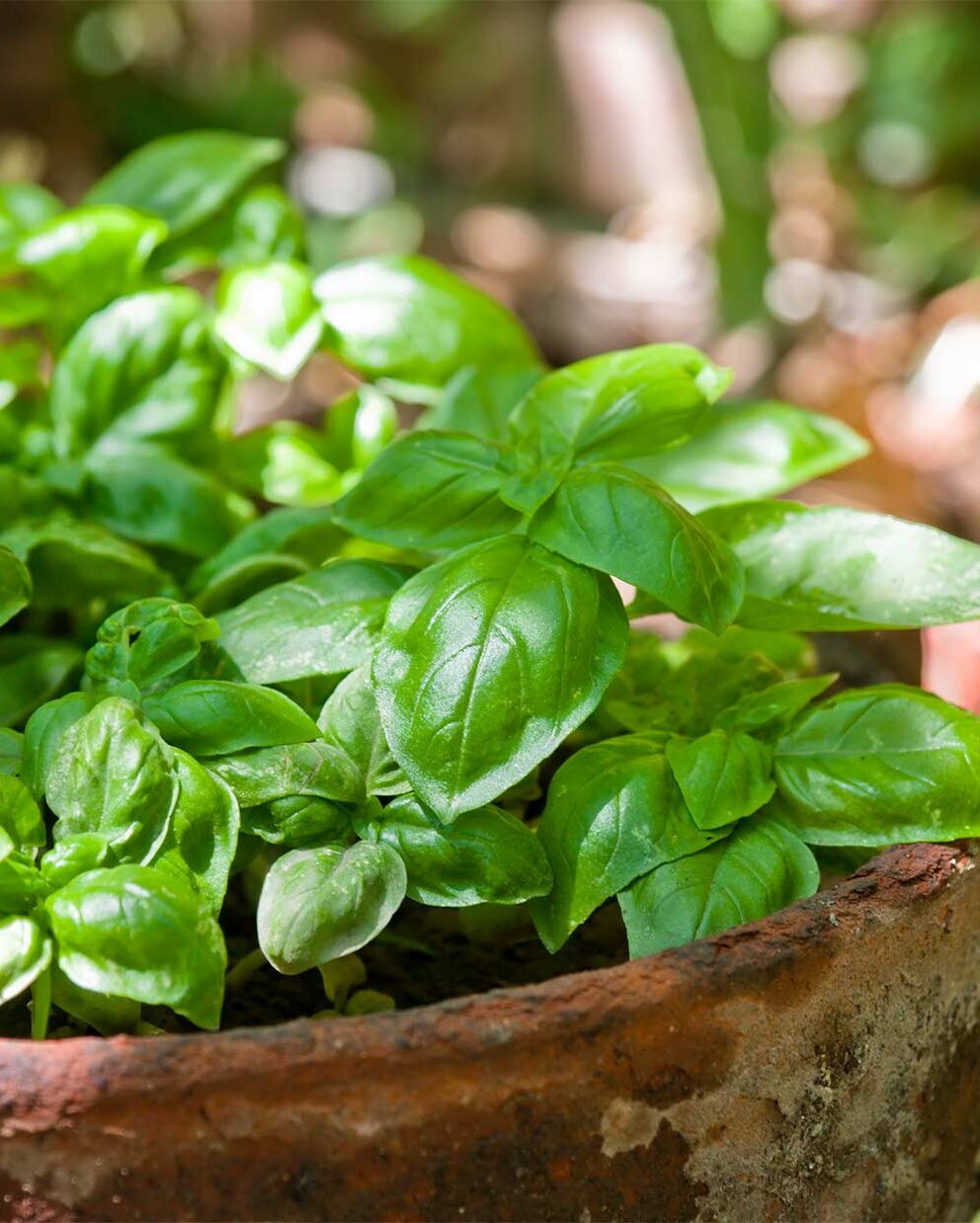
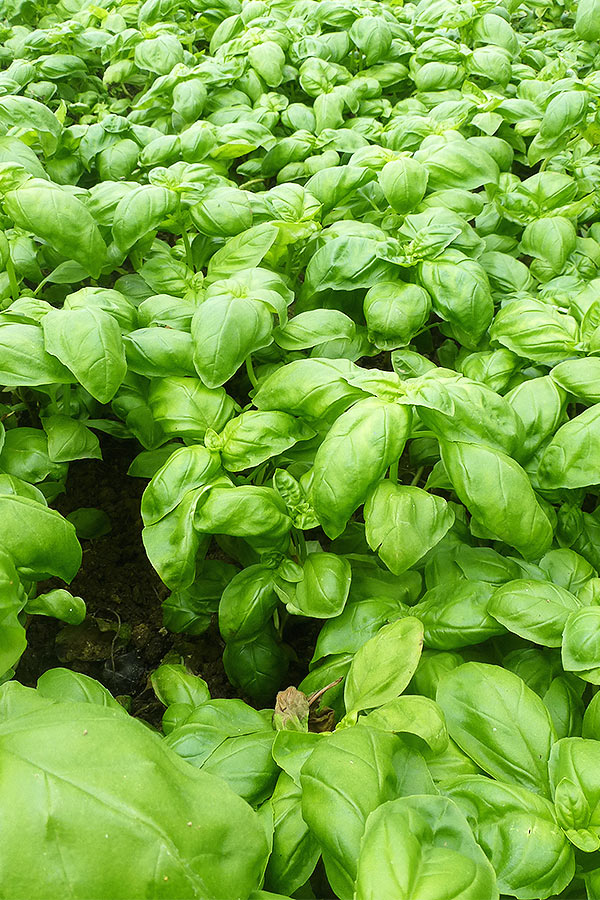
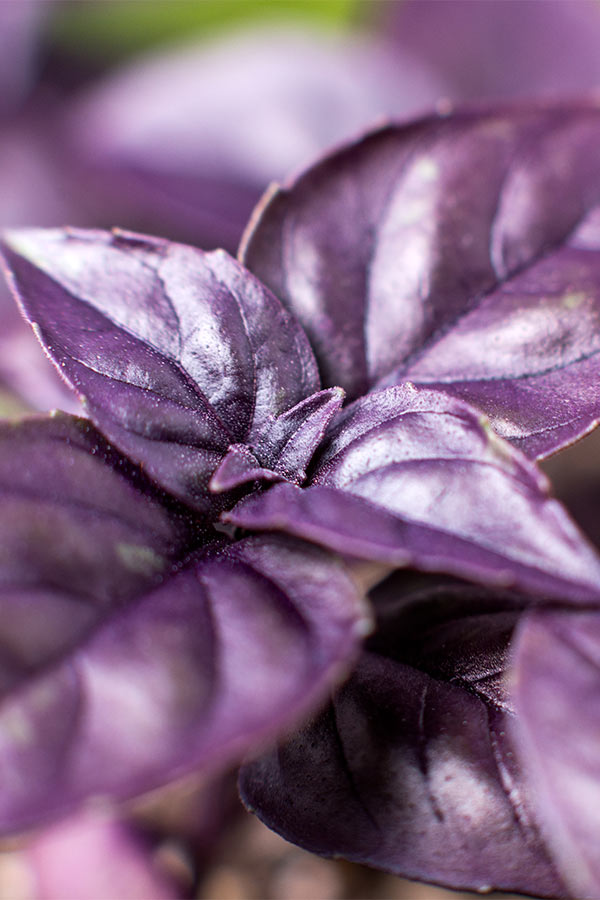
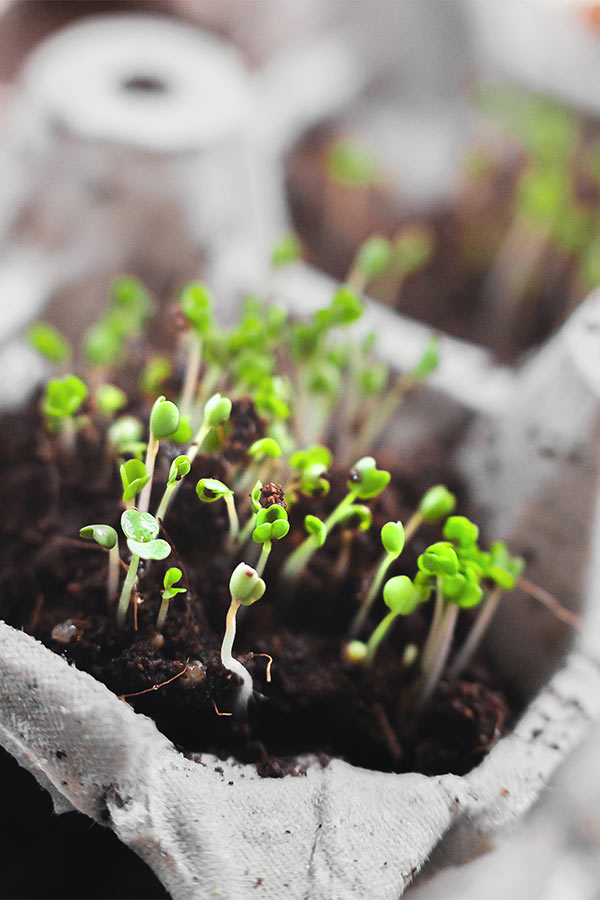
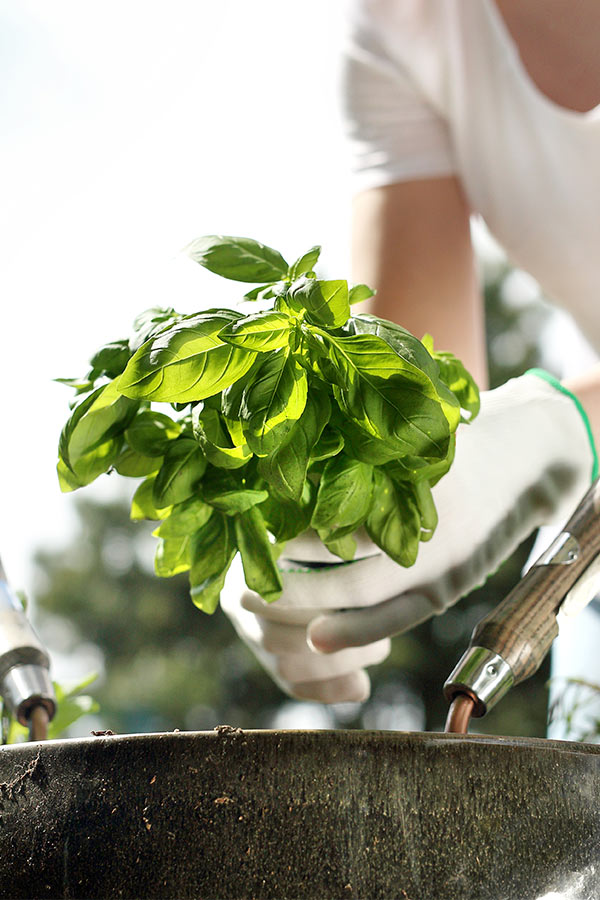
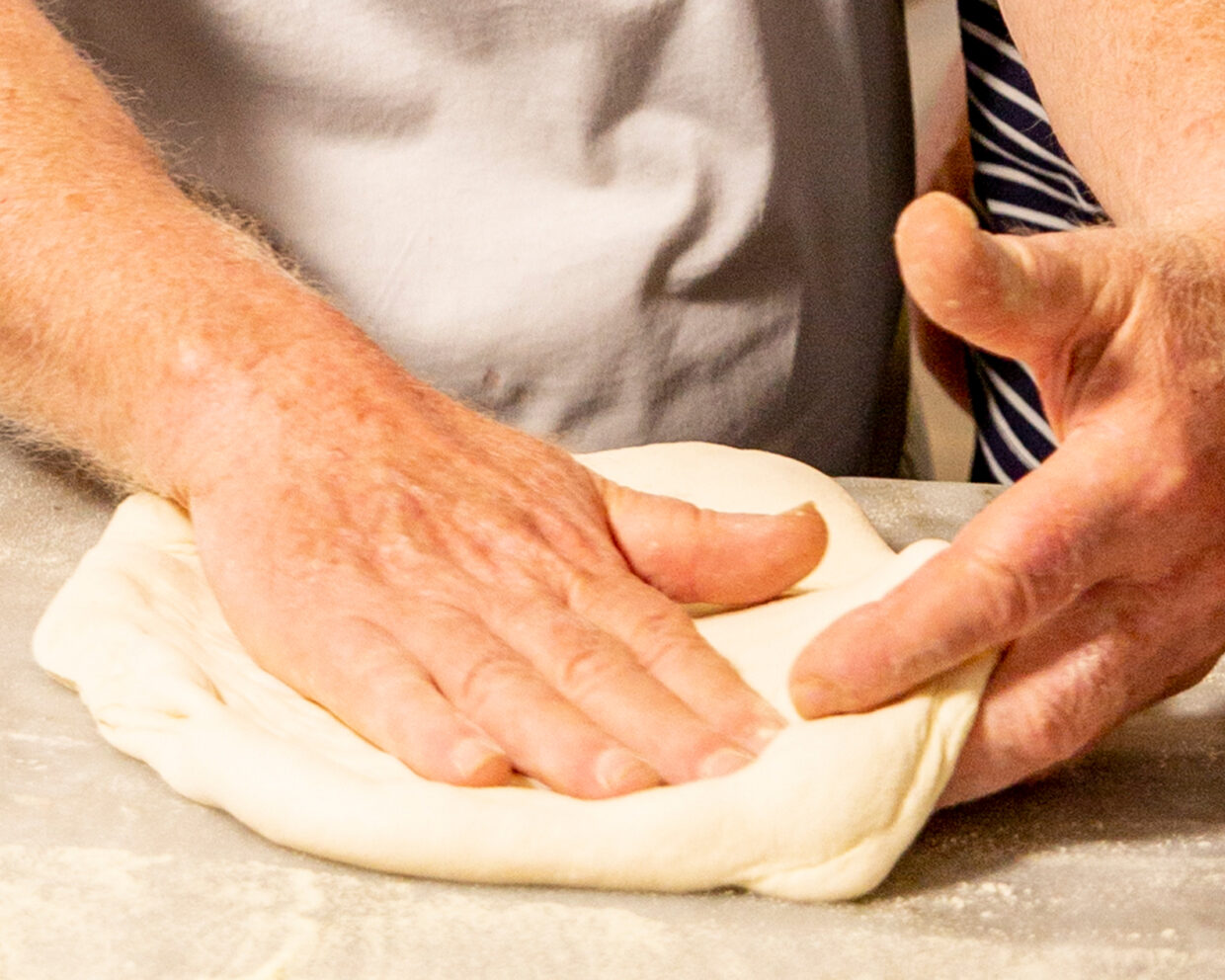
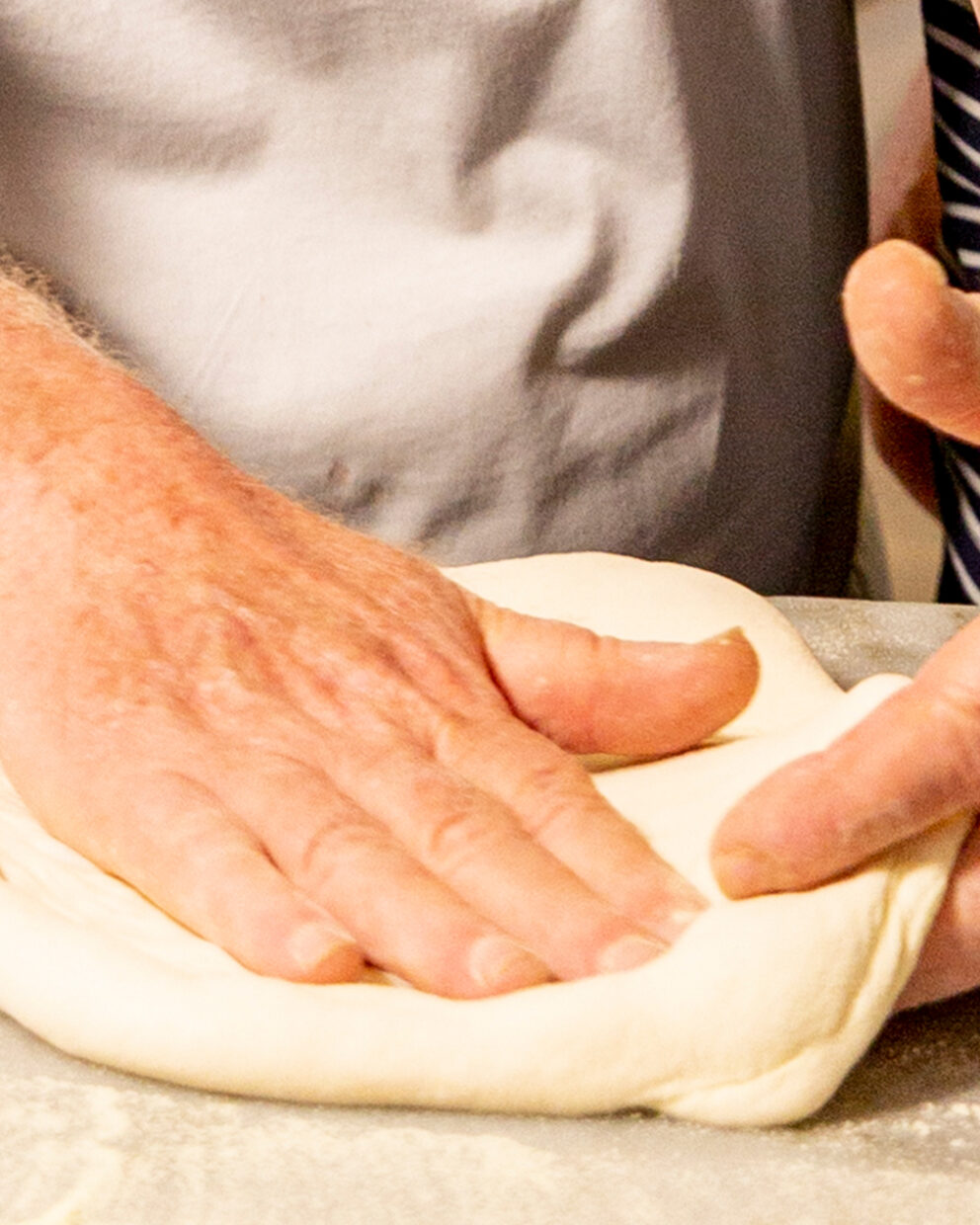
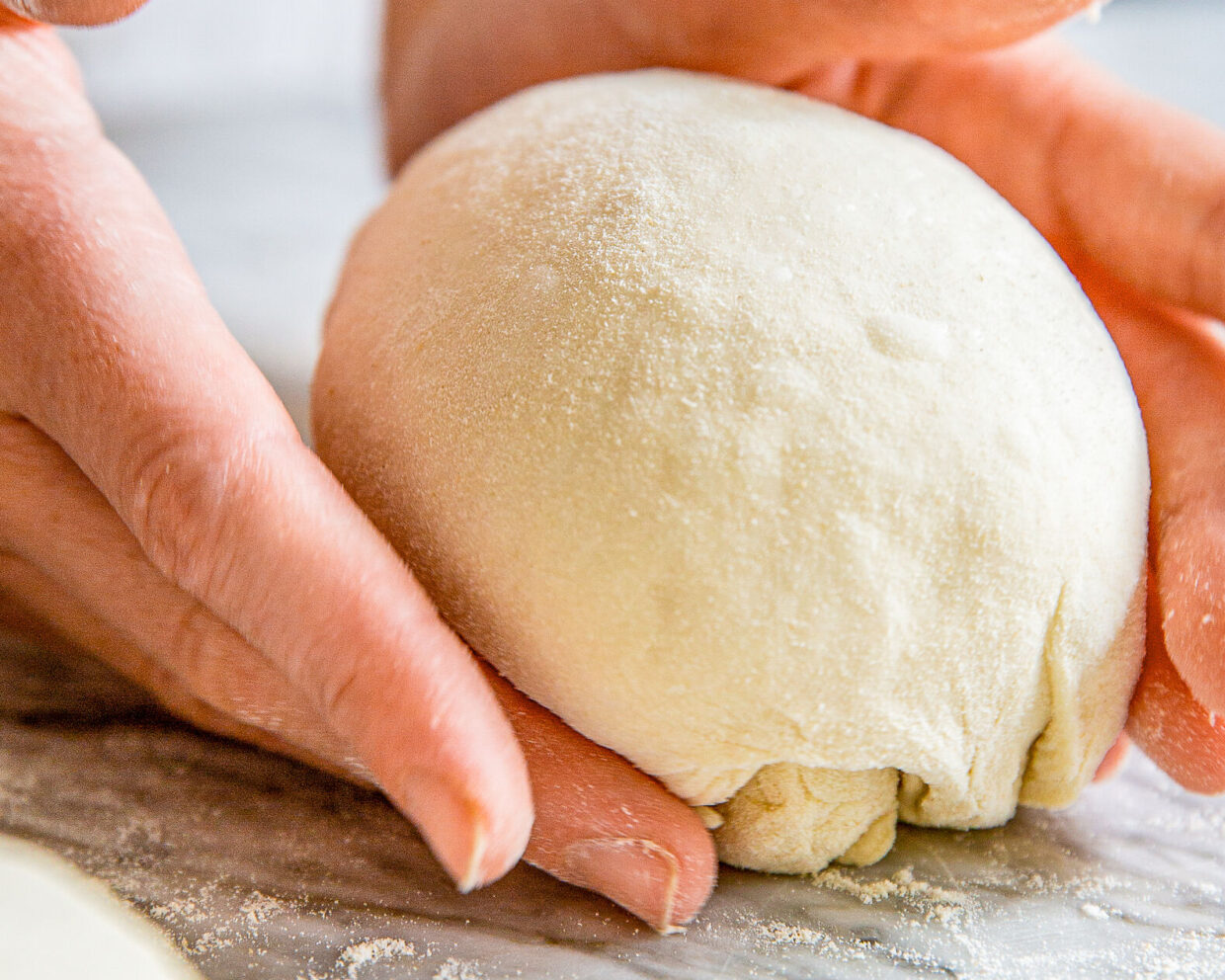
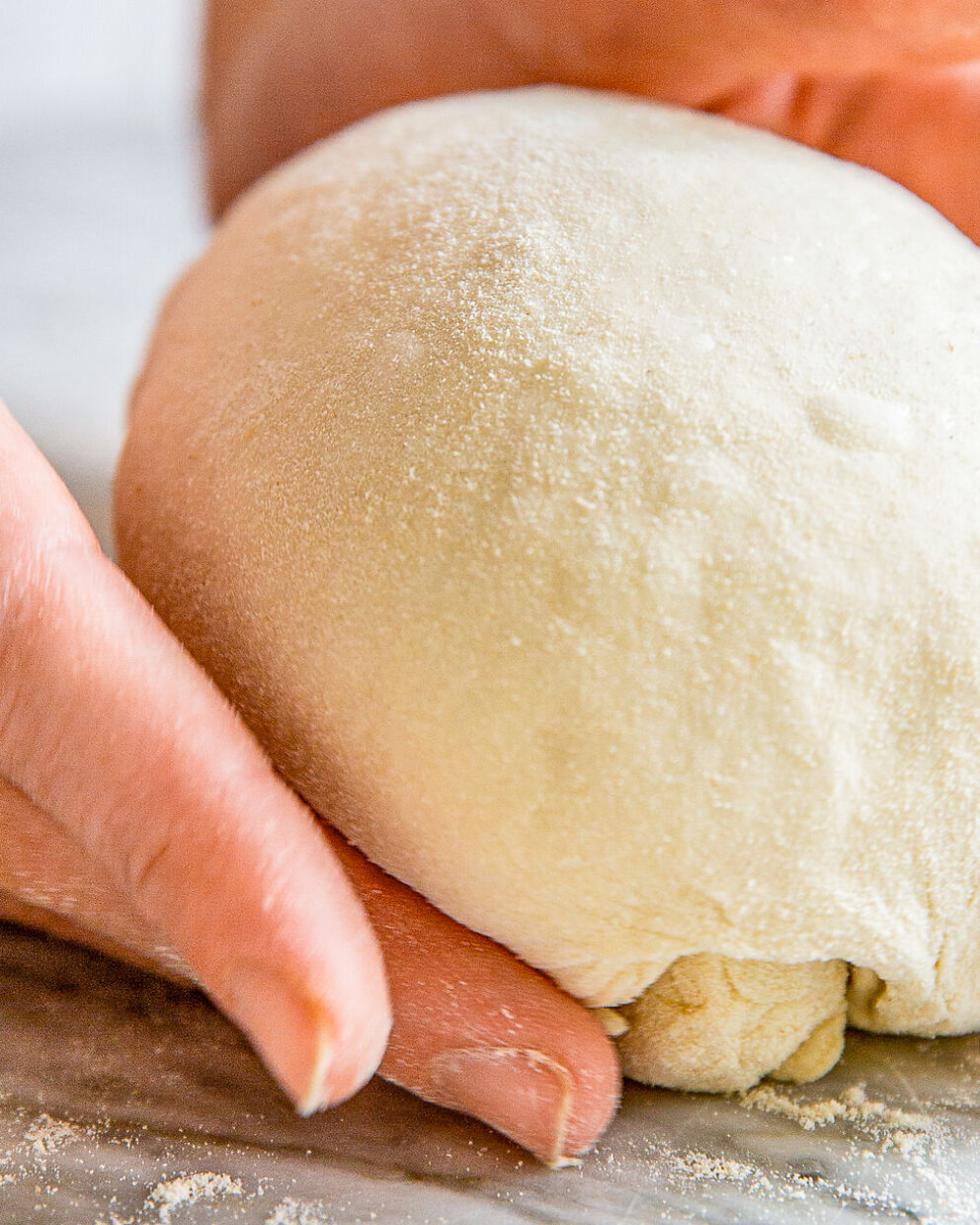
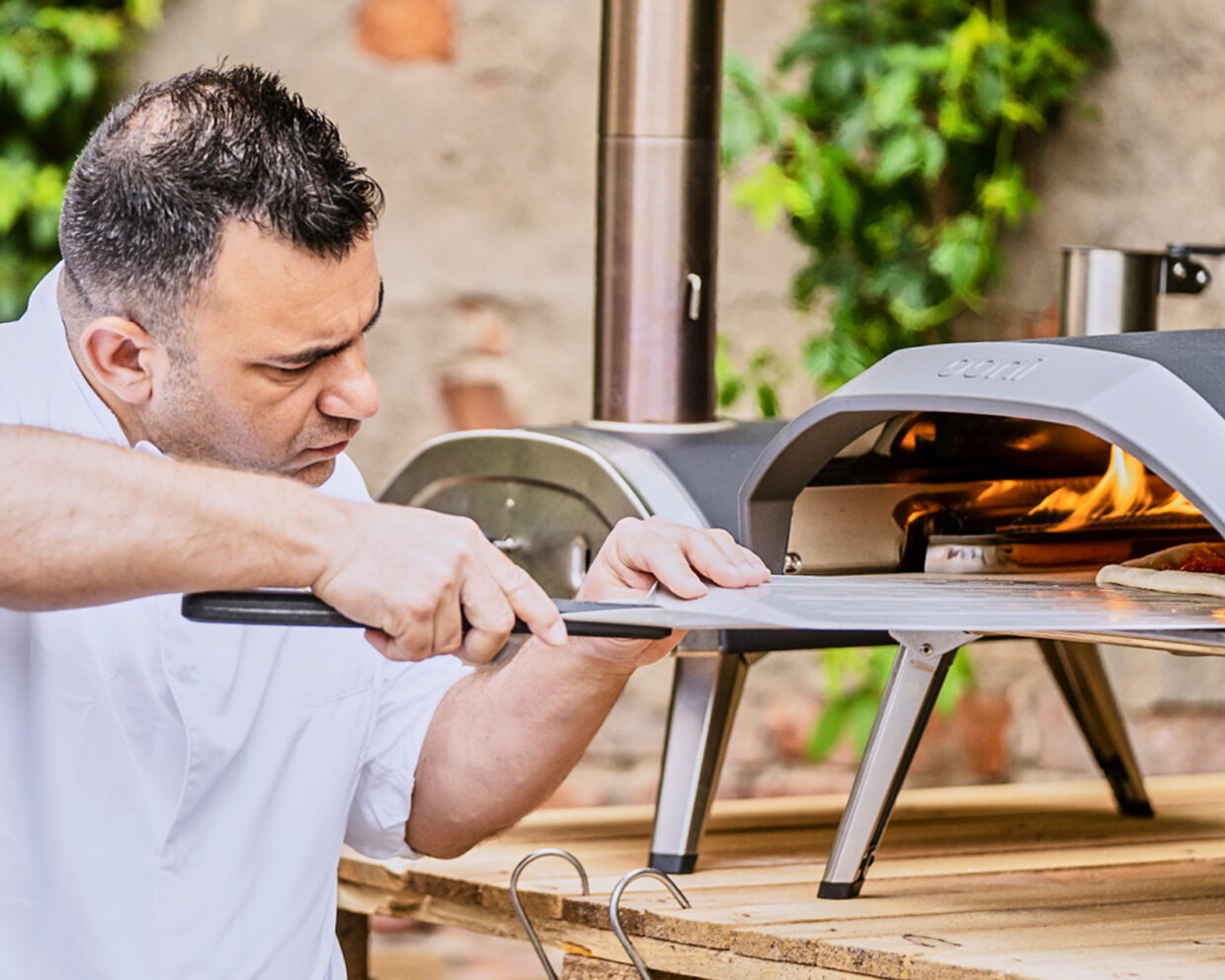
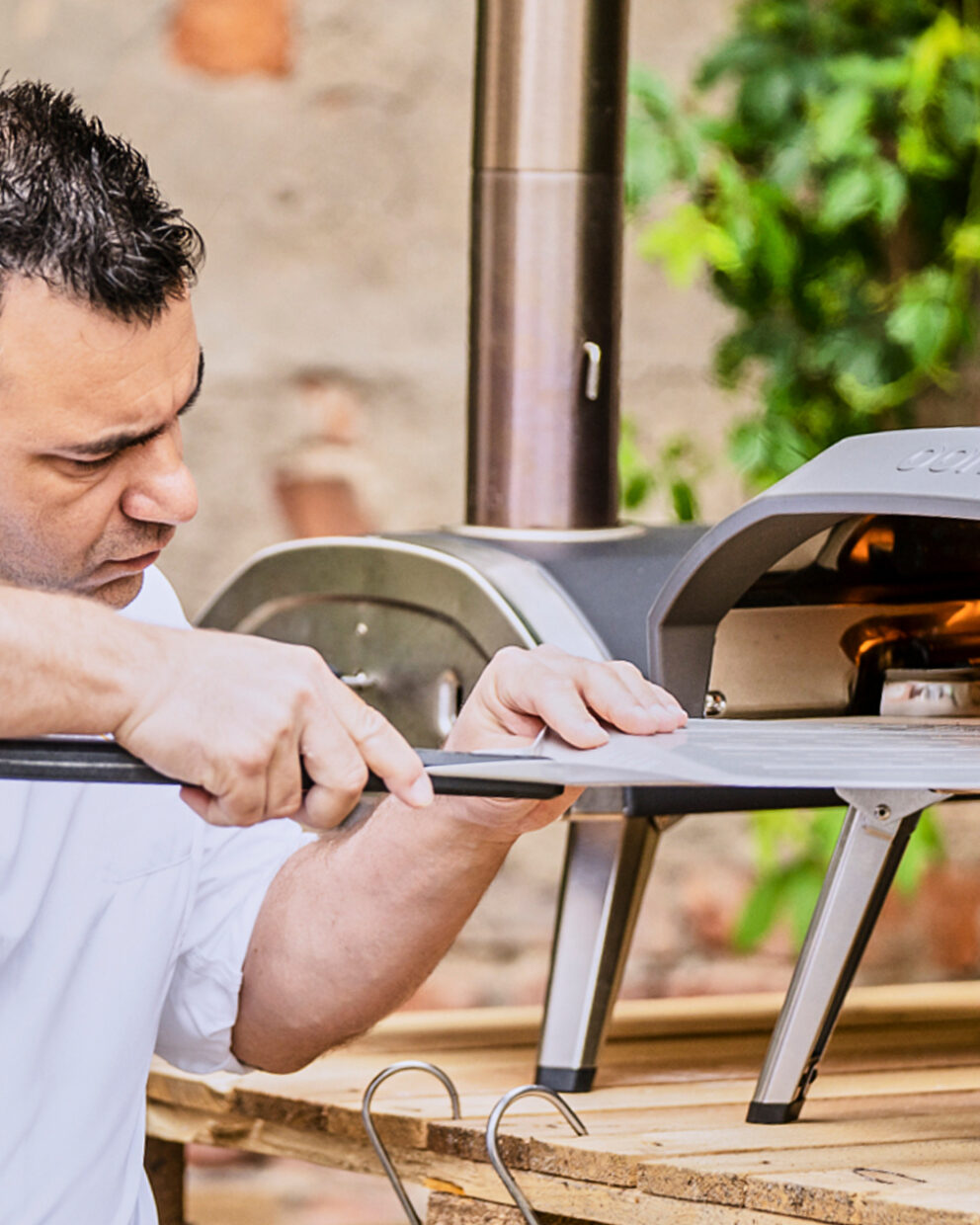


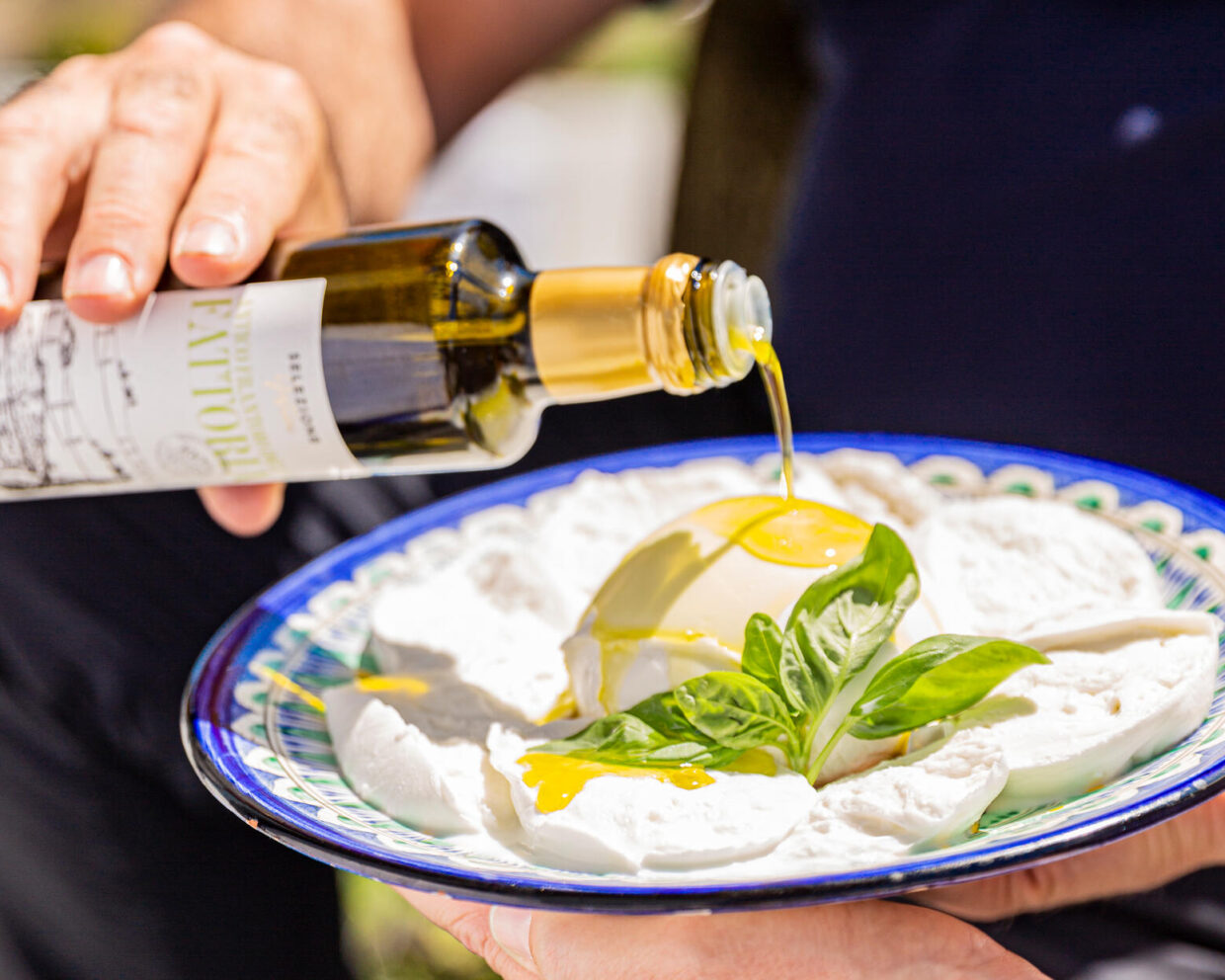
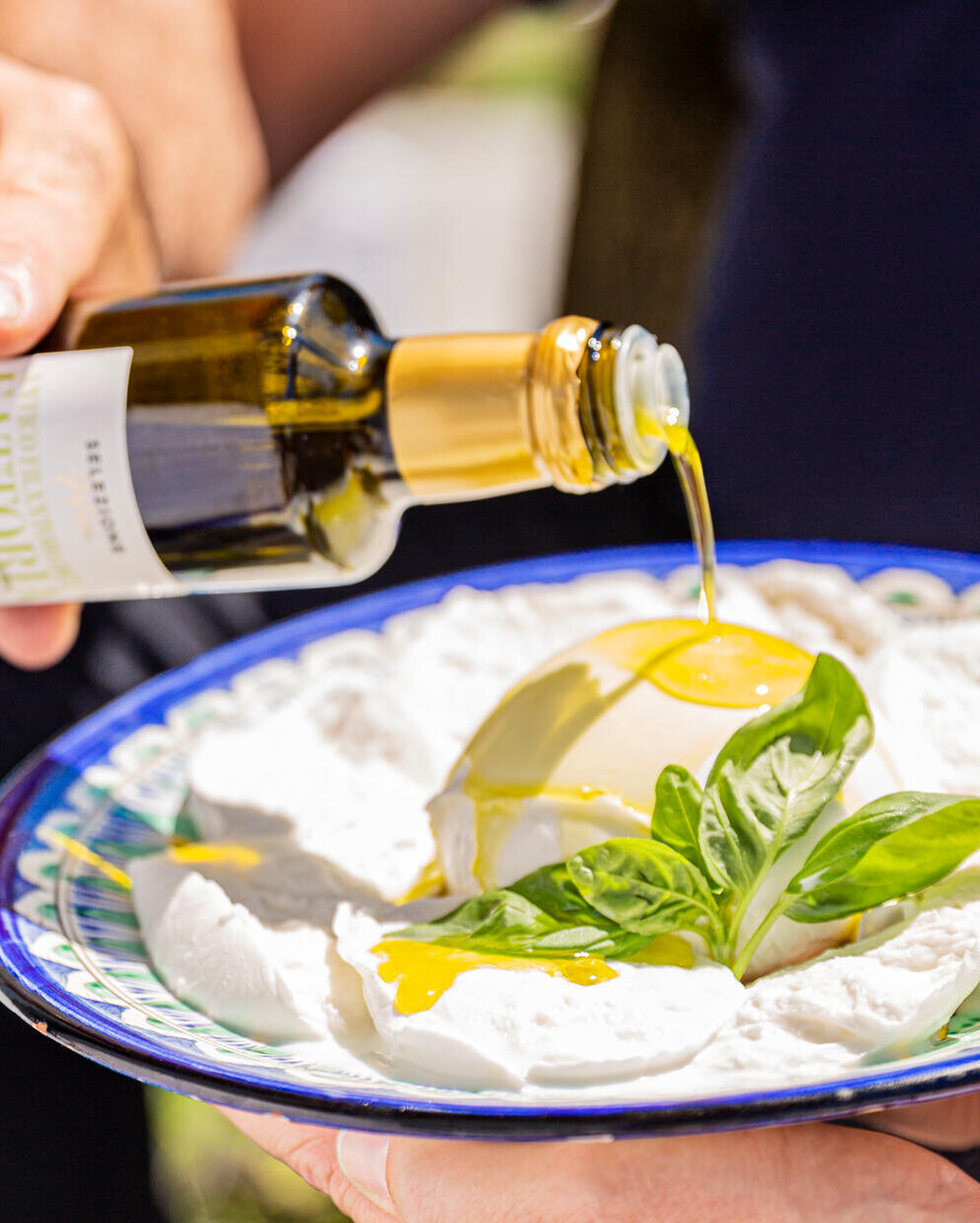


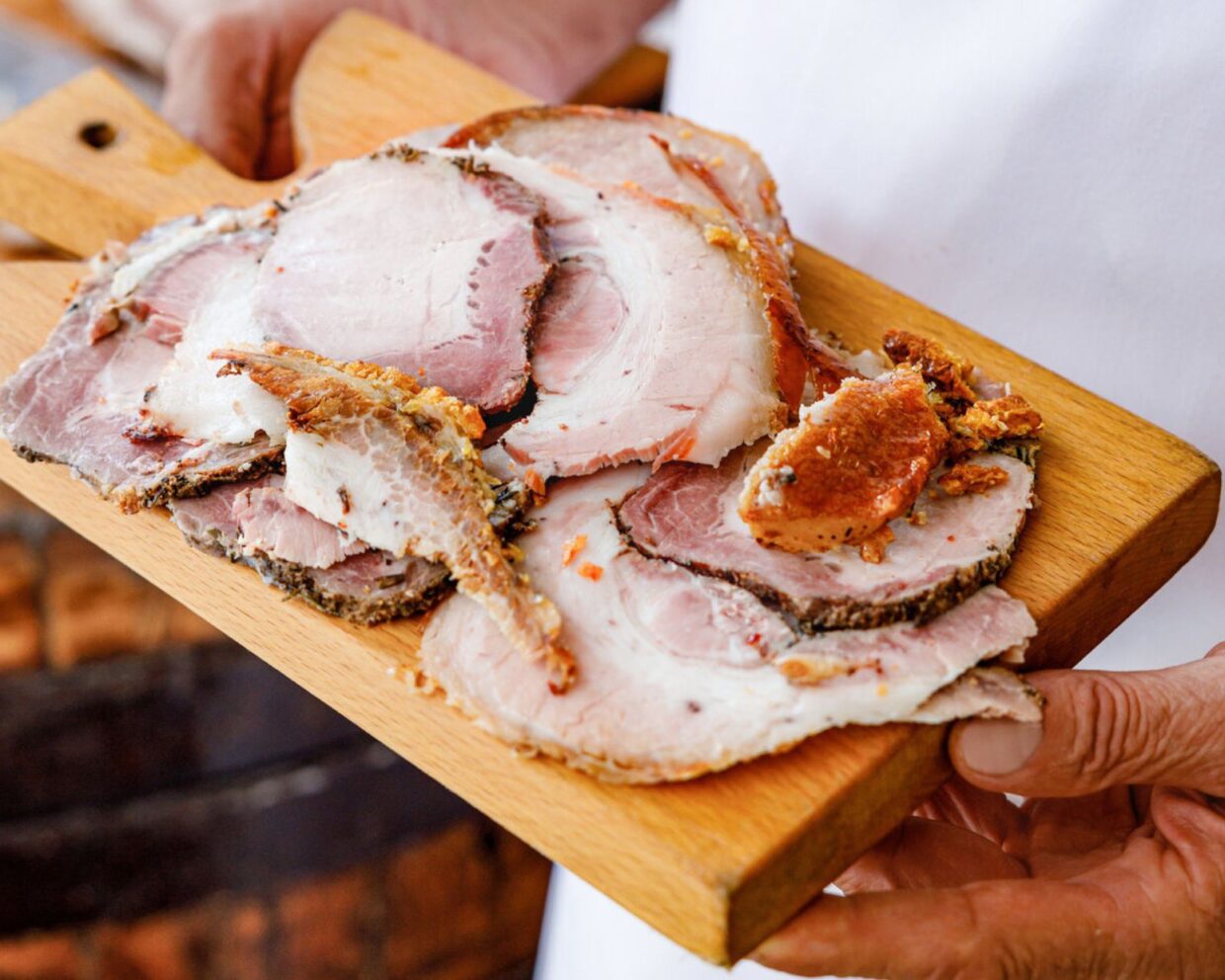
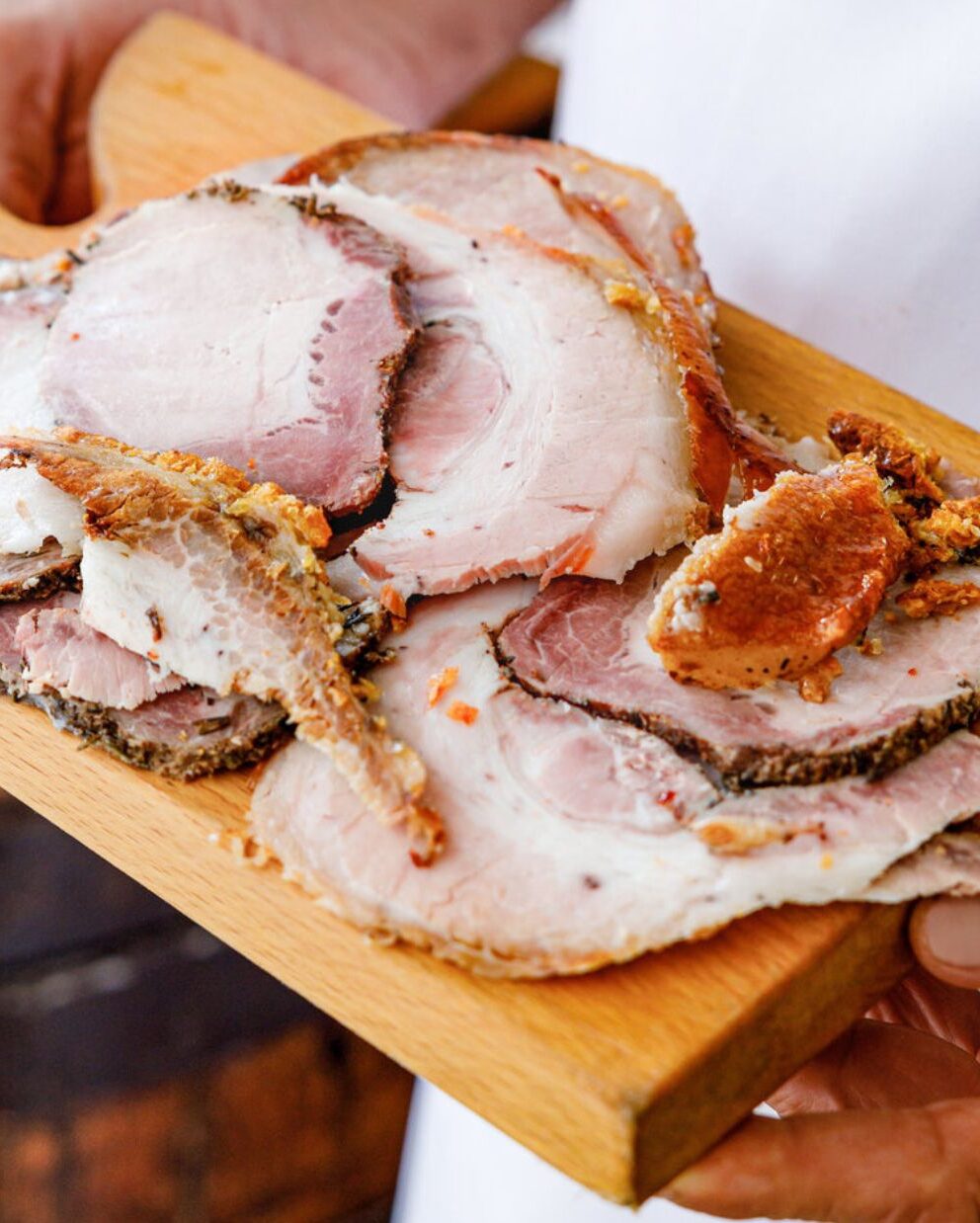
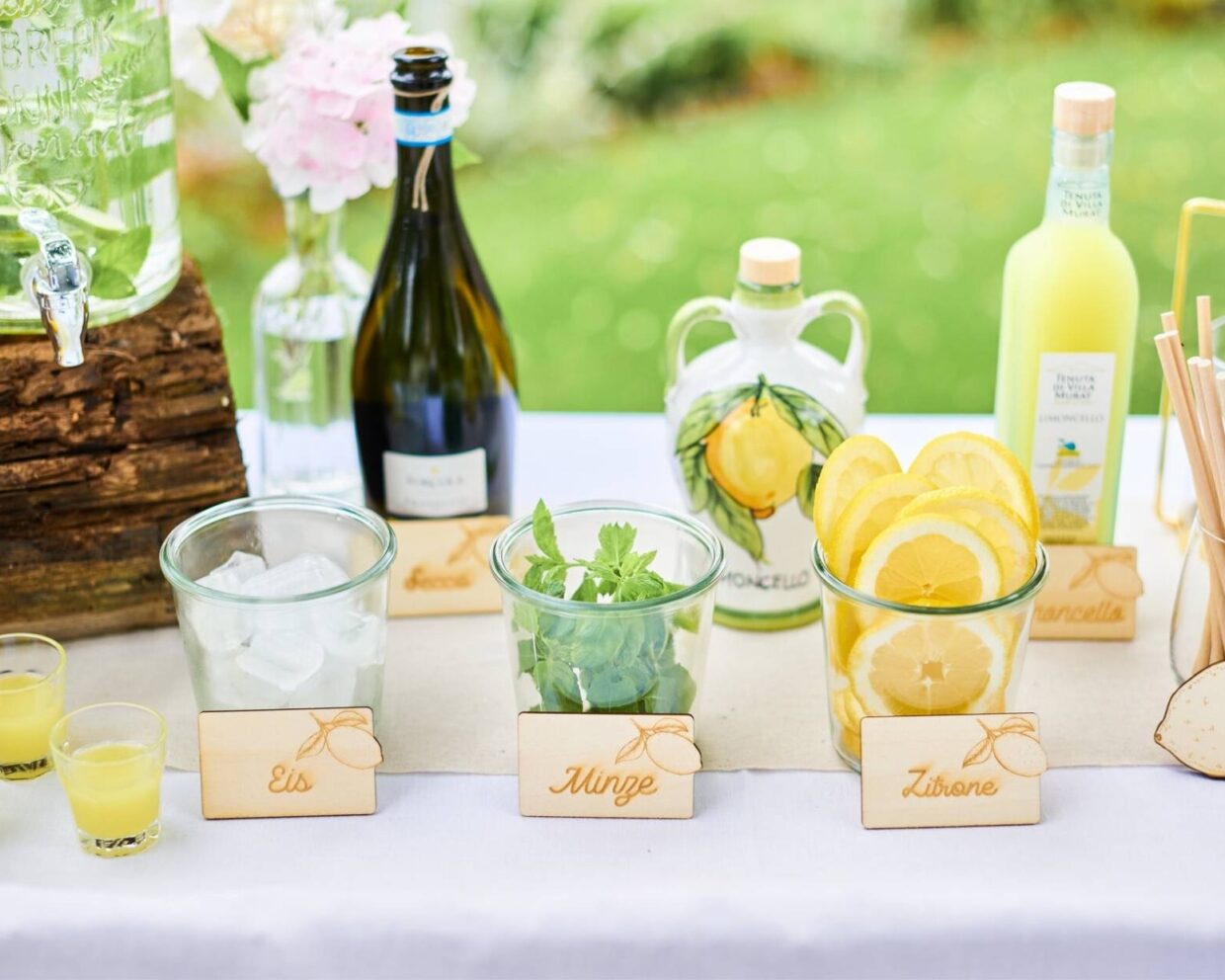
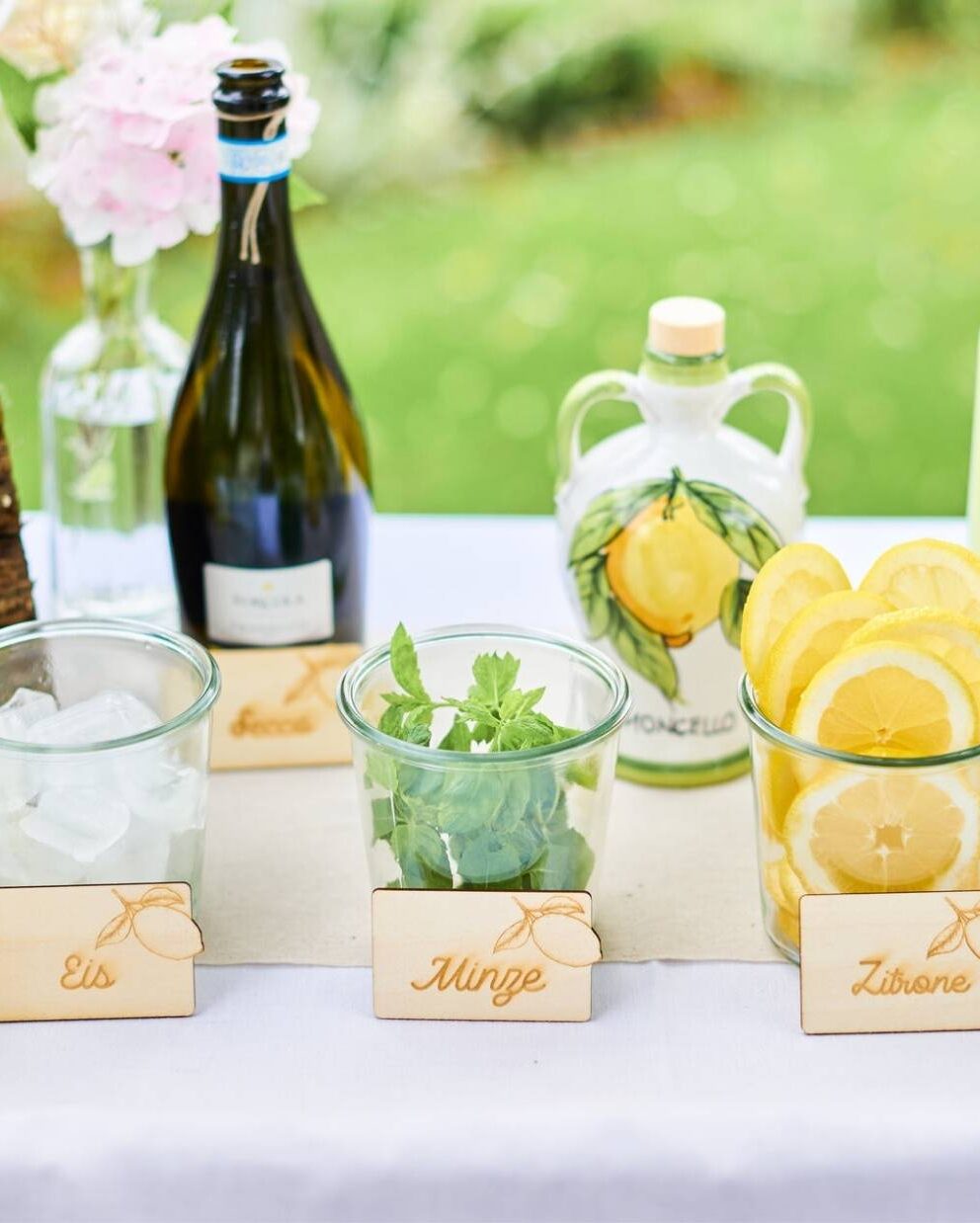
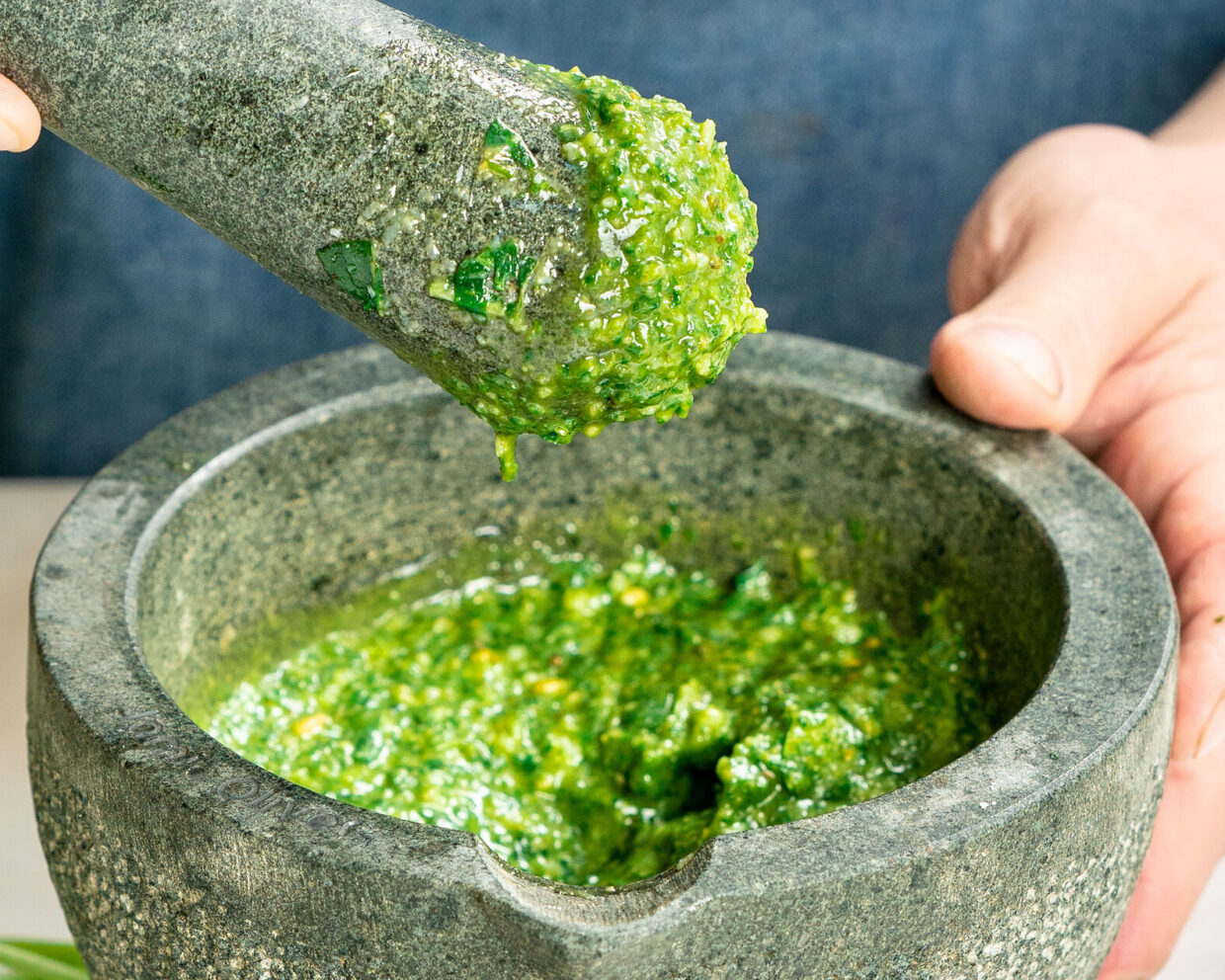
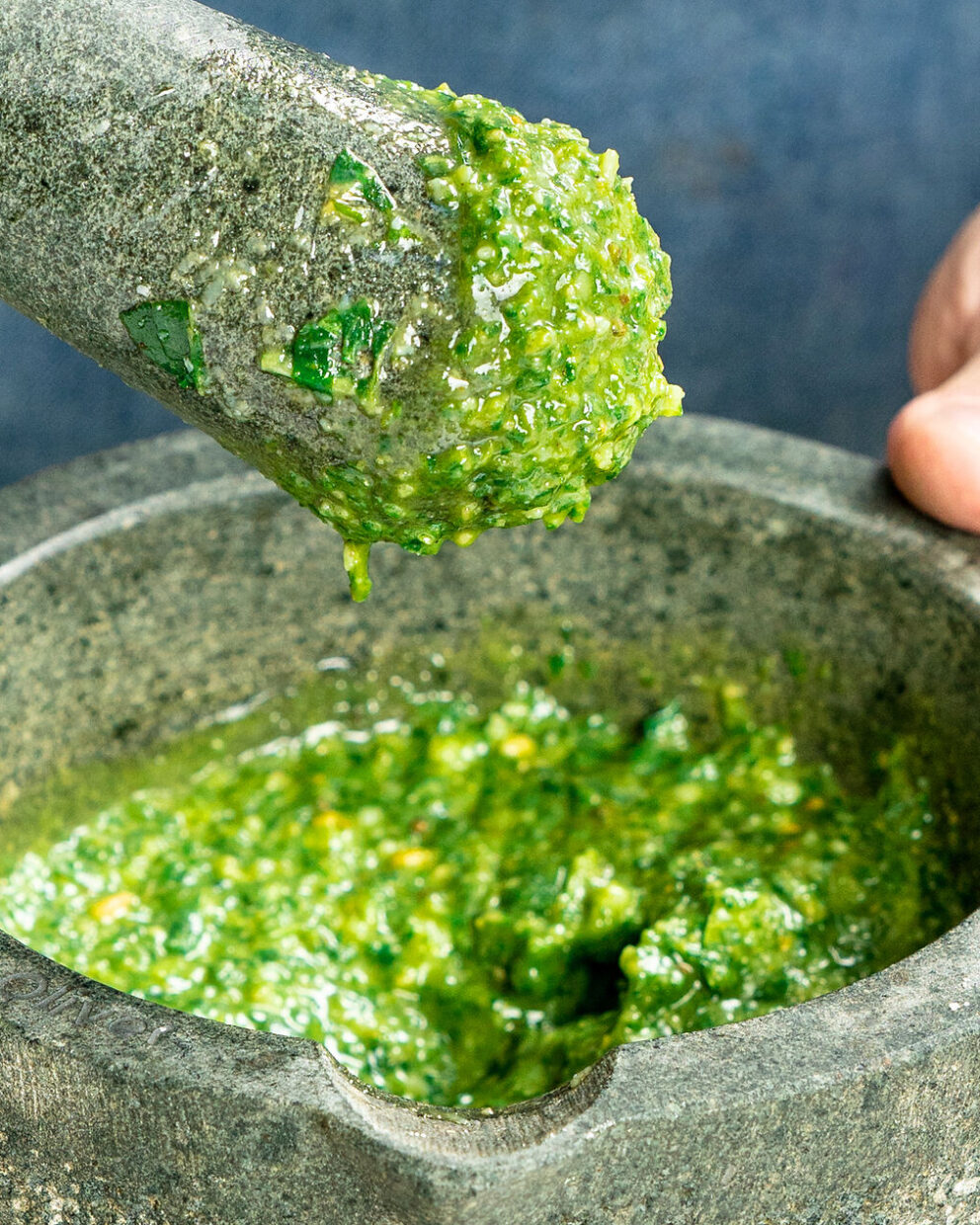
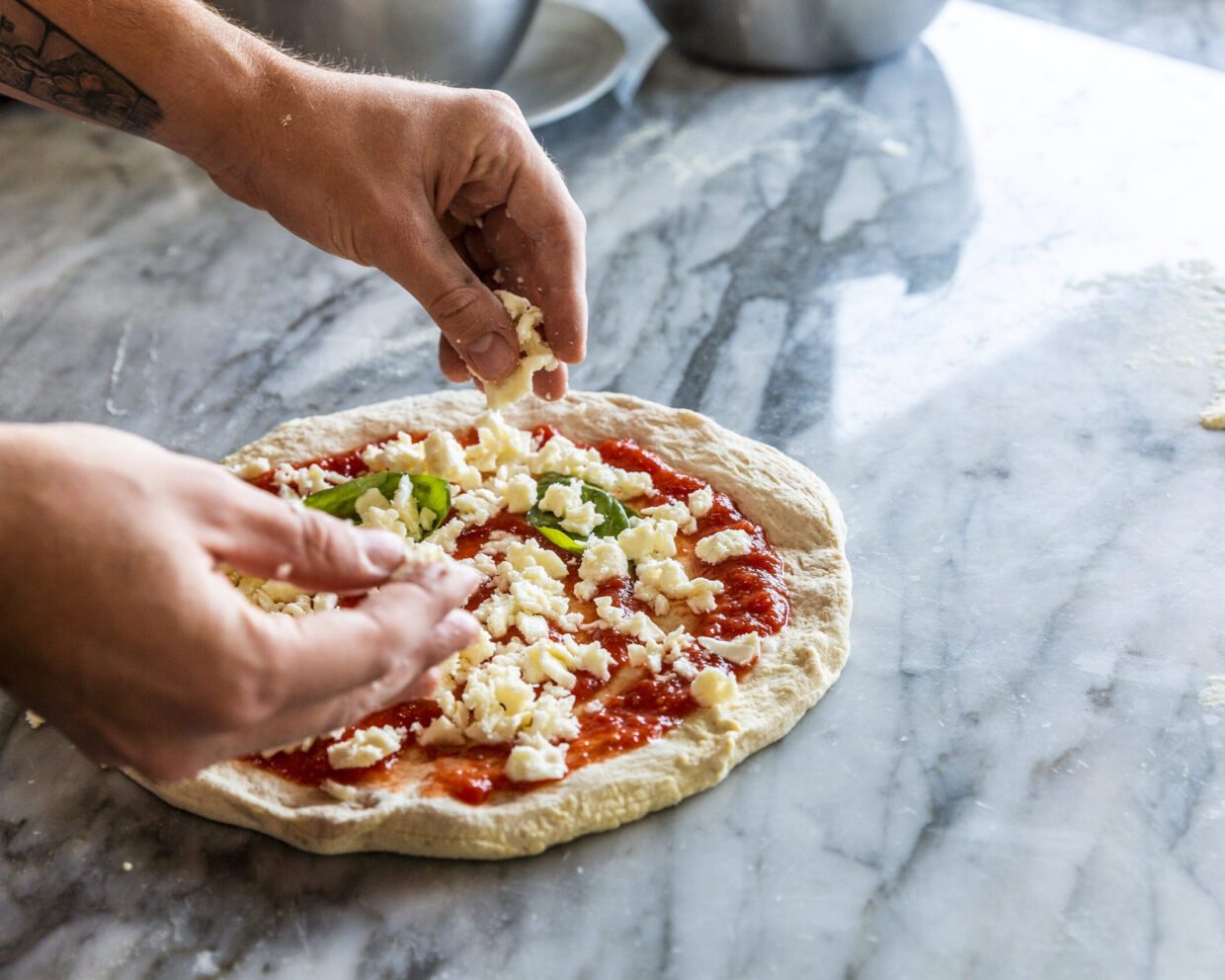
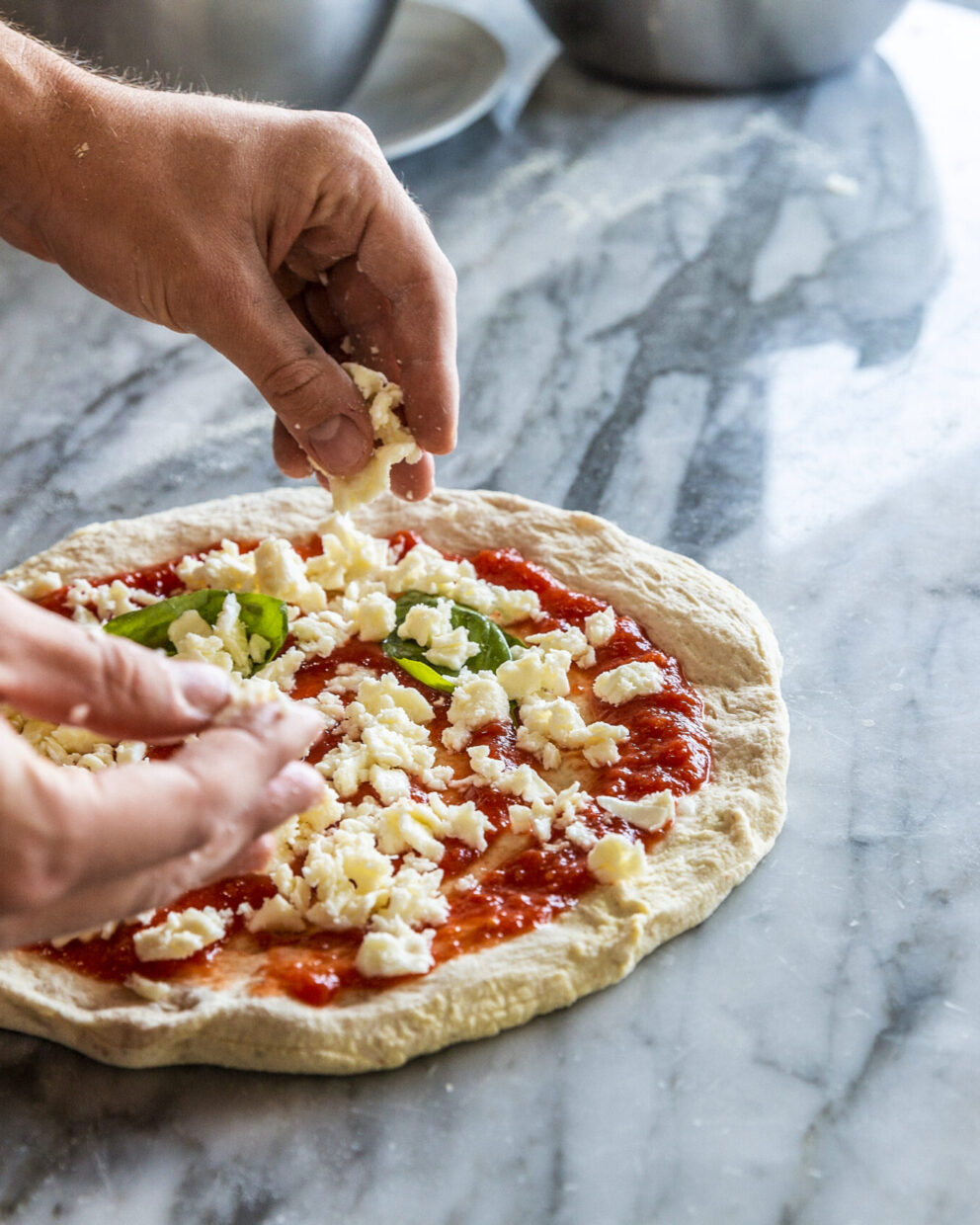
Want to share your thoughts? We're excited to hear what you think of the article. Tell us about your ideas, tips or questions! Leave a comment and share your knowledge with the community. Your opinion counts.
Write a comment